Limited edition cars—yeah, those unicorns of the car world—always spark heated debates among collectors. You’ve got the old-school classics from the 1960s and 1970s, flexing their muscle and history, and then there’s the modern stuff: hypercars with tech that feels like it dropped in from the future, often with lower production numbers than a secret club.
Here’s the wild part: classic limited edition cars usually appreciate way faster than modern ones. Some vintage muscle and sports cars have shot up 300-500% in value over 20-30 years—seriously, that’s not pocket change. Most modern limited editions? They need decades to catch up, if they ever do. But lately, a handful of modern limited-production beasts are starting to flip the script, thanks to their mind-bending engineering and how rare they are.
Picking between classic and modern limited editions isn’t just about making a quick buck. You’ve got to weigh historical significance, production numbers, and what the market’s hungry for. If you want the best mix of driving thrill and financial upside, it’s worth digging into these factors—otherwise, you’re just throwing darts blindfolded.
What Defines Classic and Modern Limited Edition Cars?

So, what’s the real difference between classic and modern limited edition cars? It comes down to age, tech, and how they’re built. Classic cars are all about that hands-on, old-world craftsmanship, while modern limited editions blend cutting-edge tech with exclusive, small-batch runs.
Key Characteristics of Classic Cars
Classic cars usually hail from the 1920s through the 1970s. These machines are all about manual craftsmanship—think fewer computers, more wrenches, and almost no need for a laptop to fix stuff.
Vintage cars are basically rolling time capsules, dripping with handcrafted beauty and engineering that’s more art than science. Their designs? More about turning heads than slicing through the air.
Most classics came with carburetors, stick shifts, and simple wiring. That’s the kind of setup that lets you feel every vibration and hear every growl—modern cars just can’t match that raw connection.
Collectors chase classic cars for their heritage and the stories they carry. The 1967 Shelby Cobra or the 1970 Plymouth Hemi ‘Cuda? Legends, plain and simple.
Back then, steel bodies, chrome bumpers, and plush leather weren’t upgrades—they were the baseline. No plastic dashboards, no fake vents. Just pure, unapologetic style.
Defining Features of Modern Limited Edition Cars
Modern limited edition cars? We’re talking late 1980s to right now. These rides pack advanced computers, electronics, and a level of engineering that feels almost sci-fi. Modern classics go way beyond basic fuel injection—good luck diagnosing a problem without a scan tool.
Manufacturers roll out these cars to mark milestones, race wins, or anniversaries—think of them as the automotive world’s rare Pokémon cards.
Modern features that stand out:
- Electronic fuel injection
- ABS (anti-lock brakes)
- Traction and stability control
- Trick suspension setups
- Computer-managed engines
These cars hang onto their value by being tech-forward and relevant. The McLaren F1, Porsche 911 GT2 RS, and Ferrari LaFerrari? They’re poster cars for a reason.
Precision manufacturing and quality control are the new gold standard—classics just can’t compete on that front.
Rarity and Production Numbers
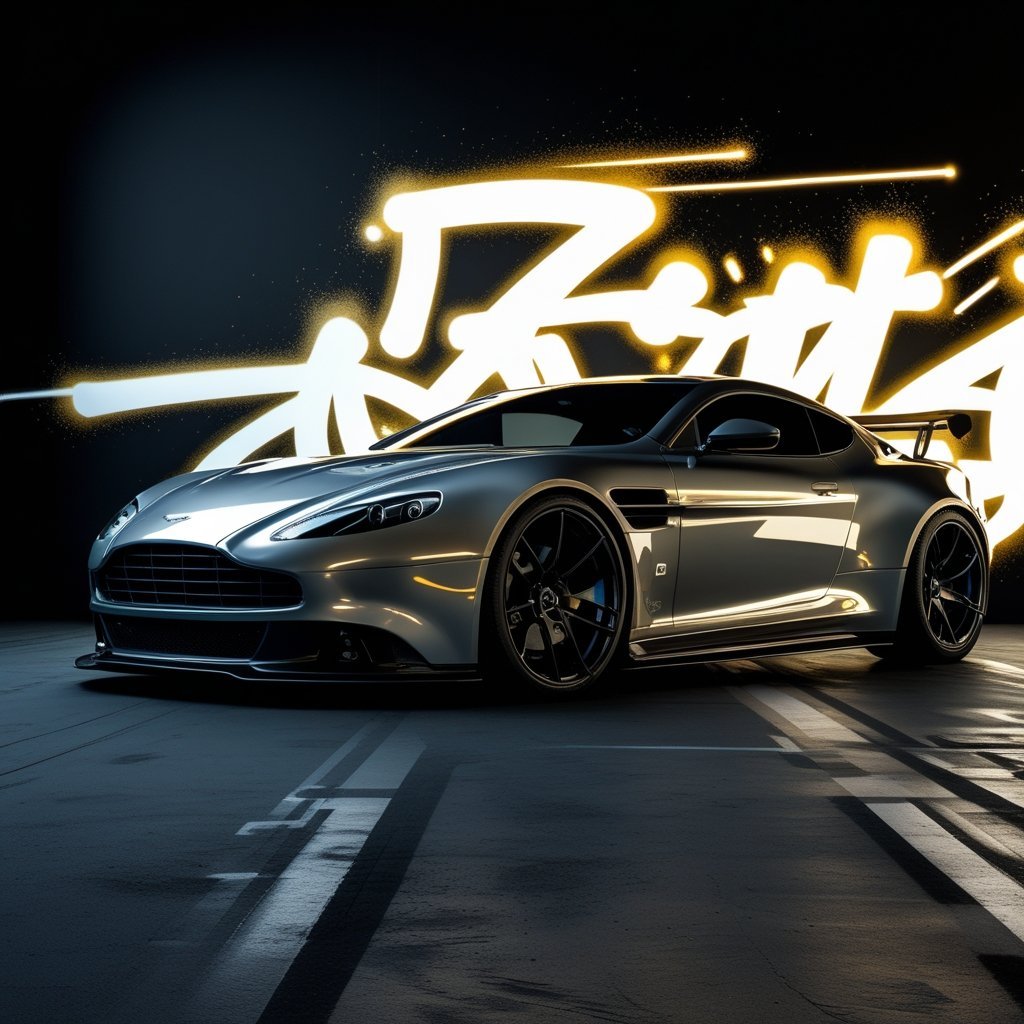
Rarity is the currency of the collector world, and it works differently for classics and moderns. Classic cars become rare because time’s not kind—accidents, rust, and neglect thin the herd every year.
Classic car rarity comes down to:
- How many were built in the first place
- How many survived
- Matching numbers (yep, that matters)
- Provenance—who owned it, where it’s been
Modern limited editions? They’re rare because automakers say so from day one. They announce a strict number, slap on a badge, and boom—instant exclusivity.
Numbers tell a story: A classic with 500 built might see less than 100 left today. A modern limited edition with 500 units? Odds are, 450-480 are still out there, tucked away in climate-controlled garages.
Modern rarity tricks:
- Production certificates
- Unique VINs
- Special edition badges
- Wild color combos you won’t see twice
Classics become rare over decades—kind of a slow burn. Moderns start rare and try to stay that way, as long as owners resist the urge to daily-drive them into the ground.
Appreciation Rates: Classic vs. Modern Cars
If you’re chasing appreciation, classic cars usually win the long game. Retro cars keep climbing, while most new rides drop in value the second you drive them off the lot. Collector demand and a car’s backstory make all the difference in value growth and retention.
Historical Trends in Car Appreciation
Classic muscle from the ‘60s and ‘70s? They’ve been on a rocket ride. The 1970 Plymouth Barracuda has jumped 150%in just a decade.
It’s not just the big names. The 1979-1985 Mazda RX-7 climbed 26% between 2020 and 2021, and since 2016, top examples are up 136%. Not too shabby.
Classic Muscle Car Standouts:
- 1968-1970 AMC AMX: up 28.8% since 2019
- 1966-1967 Pontiac GTO: holding steady
- Low-production models? They’re the real MVPs
Modern cars? Most lose value fast—unless they’re rare or have some weird cult following. It’s brutal out there for regular new cars.
Depreciation Curves and Resale Value
Modern cars drop in value quick unless they’re true limited editions. The first few years are the worst—almost like watching money evaporate.
But a few modern limited editions buck the trend. The 2008-2015 Audi R8 is up 37% since 2019. So, yeah, lightning can strike.
Depreciation Patterns:
- Classics: Appreciate after a few years of sitting pretty
- Moderns: Nosedive for 3-5 years, then maybe recover
- Limited editions: Sometimes jump straight to collector status
The 2001-2004 Corvette Z06 is a modern example that’s flipped the script—up 24% since 2022 for pristine cars. Not bad for a car that was once just another Chevy on the block.
Collector Demand and Market Drivers
Different generations chase different cars, and that stirs the pot. Millennials and Gen X are now hunting for classics, driving up prices for cars that used to be overlooked.
The 1985-1993 Saab 900 Turbo is a wild example—owners under 40 went from 7% to 22% since 2019, and values jumped 33%. Who saw that coming?
What moves the market?
- Heritage and motorsport stories
- Rarity (duh)
- Unique design—something you won’t mistake for anything else
- Performance that mattered in its day
It’s not just about going fast. History and numbers matter way more than lap times.
Collectors love cars with real stories. The 1983-1997 Land Rover Defender jumped 26% between 2020 and 2021—thanks to its military roots and rugged charm. It’s more than just a pretty face.
Real-World Examples: Notable Appreciating Cars
Muscle from the ‘60s and ‘70s? They’ve been gold mines, but some modern limited editions are catching up fast. Cars like the Ford Mustang Boss 429 and new Ferrari special runs show that both eras can deliver killer investments—if you pick right.
Iconic Classic Muscle Cars
Ford Mustang from the late ‘60s? The Boss 429 now pulls in over $200,000—crazy when you remember it sold for about $4,000 new.
The Chevrolet Corvette Z06 from 1963 is another legend. Only 199 exist, and they’re fetching $300,000 or more these days.
Pontiac GTO (1964-1967) has tripled in value in the last decade. A clean 1965 GTO can bring $40,000-60,000—just wild.
The Chevrolet Camaro Z/28 from 1969? It started under $3,500 new, but now you’ll see it at auction for $80,000-120,000. Talk about a comeback.
Why do these cars crush it?
- Low original production—scarcity is king
- Racing and performance pedigree
- Original condition and matching parts
- They’re woven into car culture history
Sought-After Modern Limited Editions
Let’s be real—modern sports cars sometimes appreciate even faster than classics, at least in those first wild years after launch. Ferrari limited editions and other special models can skyrocket in value almost the moment they leave the showroom.
Take the Porsche 911 R for example. It started at $185,000 MSRP and, within just two years, was trading hands for over $500,000. Only 991 exist worldwide—talk about exclusivity.
Ford GT models from 2017-2022 hit the market at $450,000, but now? They fetch anywhere from $700,000 to $900,000. The application-only buying process and tight production numbers made them instant collector-grade machines.
McLaren P1s? They launched at $1.15 million and soared to over $2 million in just five years. Only 375 exist, and that hybrid wizardry doesn’t hurt their appeal either.
Modern advantages:
- Everyone knows they’re rare right away
- That cutting-edge tech stays relevant (at least for a while)
- Lower maintenance at the start
- Ownership history is easy to track
Case Studies: Ford Mustang, Chevrolet Corvette, and Pontiac GTO
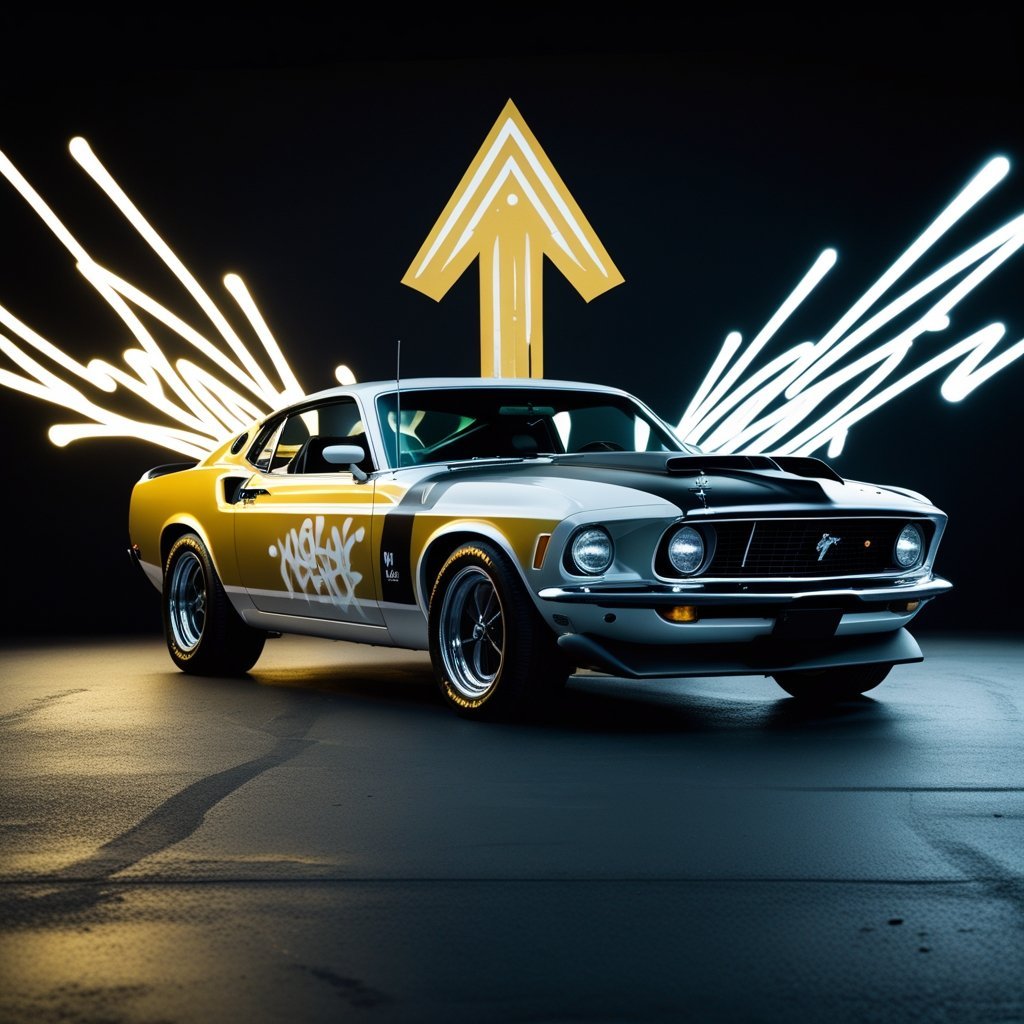
The Ford Mustang Boss 302 (1969-1970) is a legend—its racing roots give it lasting value. Built for Trans-Am glory, these now sell for $150,000 to $200,000 if you can even find one.
Shelby GT500s? They always outpace regular Mustangs. A 1967 GT500 cost about $4,200 new, but today you’ll need $180,000 to $250,000 to grab one.
Chevrolet Corvette values are all over the map, but the 1963 split-window coupe is the holy grail. Pristine ones can hit $200,000, sometimes more.
L88 Corvettes from 1967-1969 are the muscle car’s crown jewels. Only 216 built, and they now bring $400,000 to $600,000. Talk about rare car market trends classic vs modern!
Pontiac GTO hit its appreciation peak with the 1964 model year. As the original muscle car, it set the bar for everyone else.
The Judge package from 1969-1971? It adds a huge premium. Regular GTOs fetch $35,000-$50,000, but Judges reach $70,000-$90,000. That’s collector-grade classic vs modern cars in action.
Performance comparison:
| Model | Original Price | Current Value | Annual Appreciation |
|---|---|---|---|
| 1969 Boss 429 | $4,000 | $200,000+ | ~7.5% |
| 1963 Split Window | $4,250 | $150,000+ | ~6.2% |
| 1965 GTO | $2,850 | $50,000+ | ~5.1% |
Key Factors Influencing Appreciation
So, what really makes limited edition cars go from “cool” to “goldmine”? Performance, emotional design appeal, and historical importance—that’s the magic formula for classic limited edition cars investment potential.
Performance and Driving Experience
Let’s face it: Raw driving experience is what separates the wheat from the chaff. Limited editions with stick shifts, naturally aspirated engines, and almost zero digital interference? That’s the analog thrill modern cars rarely deliver.
ThePorsche 911 R? Collectors went wild for its manual gearbox and lightweight build. It’s the kind of car that makes you feel every pebble on the road.
Track-focused models usually appreciate faster than their plush, luxury siblings. The Mercedes AMG GT Black Series, for example, gets its value from serious mechanical upgrades, not just fancy paint jobs.
Here’s the kicker: Performance numbers matter less than pure driving joy. Sometimes, a 400-horsepower car with tons of feedback will outpace a soulless 600-horsepower rocket in appreciation rate.
Design, Styling, and Emotional Value
Great car design speaks to your soul. Limited editions with wild paint, crazy aero, or retro-inspired looks? They’re like automotive art—impossible to ignore.
Classic cars often win here, since their designs drip with nostalgia and capture the spirit of their era. Modern limited editions score points when they tip their hat to icons or break new ground in style.
Interiors matter too. Unique stitching, rare materials, or commemorative badges? That’s the secret sauce that makes a car stand out in the collector crowd.
Honestly, emotional value beats spreadsheets every time in the collector game. If a car makes you feel like part of history, it’ll usually hold its value better than something built just for numbers.
Historical Context and Exclusivity
Nothing beats historical significance for value growth. Cars that celebrate epic wins, brand milestones, or signal the end of an era? Collectors can’t resist.
The Ford GT40 Heritage Edition nailed this by honoring Le Mans glory with modern muscle. That’s classic vs modern l at its finest.
Production numbers? They matter—a lot:
| Production Range | Appreciation Potential |
|---|---|
| Under 500 units | Highest |
| 500-1,000 units | Strong |
| 1,000-2,500 units | Moderate |
| Over 2,500 units | Limited |
Manufacturers sometimes cave and build more units, but that usually kills the magic. When Aston Martin bumped the Vanquish Zagato from 99 to 325 units, resale values took a dive.
Final editions of legendary cars? They’re like the last page of a great book—everyone wants a piece.
The Case for Modern Limited Edition Cars
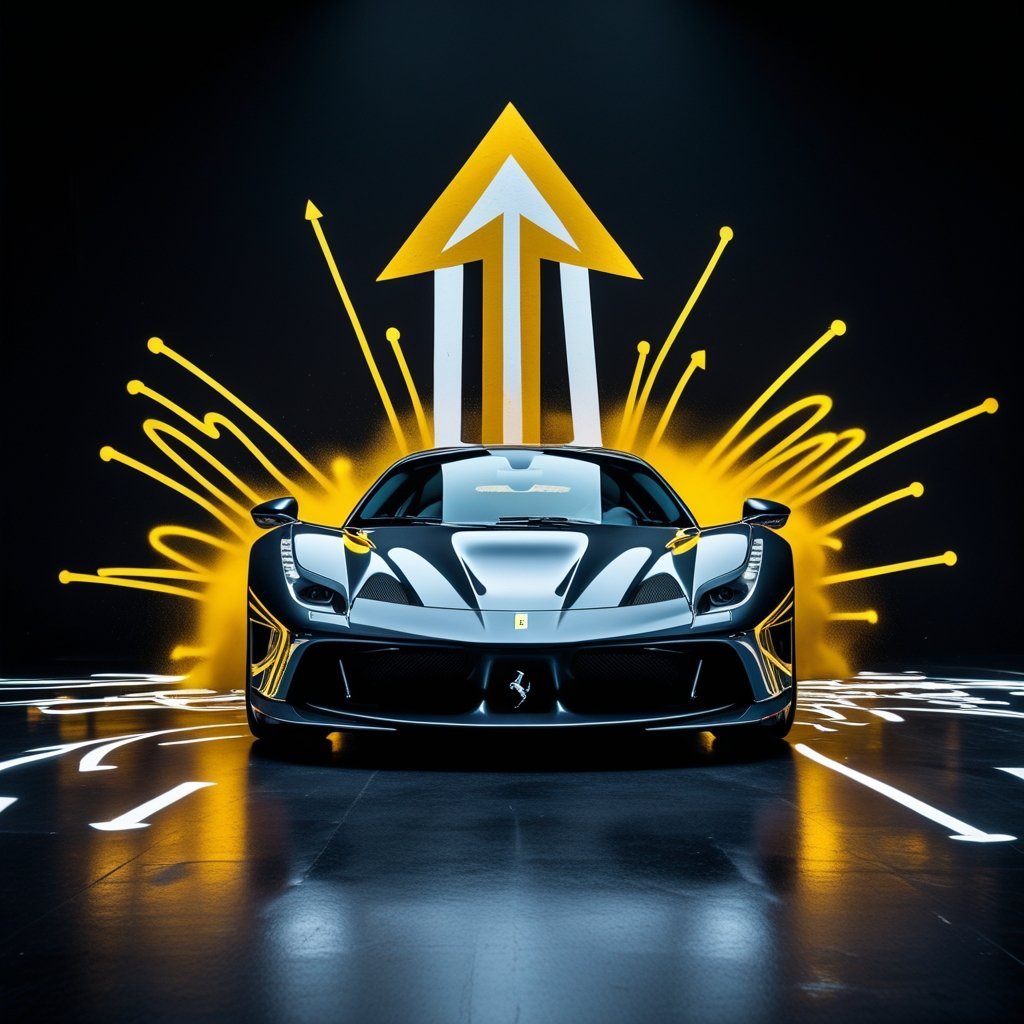
Modern limited edition cars have been on a tear lately. Some recent launches delivered eye-popping returns for those who got in early.
Recent Success Stories
The LaFerrari started at $1.4 million and now brings over $3 million at auction. Porsche’s 918 Spyder? It’s doubled in value since 2015. That’s limited production supercars appreciation rate you can’t ignore.
Ford GT buyers who paid $450,000 are now looking at values north of $800,000. The Bugatti Divo launched at $5.8 million and collectors have already pushed its value higher. Wild, right?
Market Advantages
Modern limited editions have a leg up thanks to fast, early value jumps. Carmakers keep production tight from day one.
Plus, the tech is bleeding-edge. These cars show off what’s possible right now—no wonder they’re so desirable.
Digital Age Impact
Social media? It’s gasoline on the hype fire. Instagram, YouTube—millions see these cars instantly.
And now, younger collectors with tech cash are joining the game earlier. They love modern performance and digital features as much as the badge on the hood.
Important Considerations
Trendy markets can swing wildly. Prices may spike overnight, but corrections can sting if the buzz fades.
Speculative buying sometimes fuels bubbles. Early buyers make bank, but latecomers might get burned when the dust settles.
So, do modern limited edition cars hold value? Sometimes. But not every “exclusive” model is a sure bet—do your homework before diving in.
Ownership Considerations and Practicality
Owning a limited edition car isn’t just about the sticker price. Maintenance, insurance, and day-to-day practicality can make or break your investment—especially when comparing classic vs modern limited edition cars value.
Maintenance and Repair Costs
Classic limited edition cars?They’re high-maintenance partners. You’ll need specialised mechanics and rare parts, many of which aren’t even made anymore. Custom fabrication and salvage hunts are the norm, and that means big repair bills.
Labor isn’t cheap either. Vintage systems—think carburetors, old-school ignitions—require skills you won’t find at your local oil change shop. Those skills come at a premium.
Modern limited editions are easier (at least at first). Dealer networks and parts support stick around for about a decade after production. Performance parts cost more, but at least you can get them.
Key maintenance differences:
- Classic: Expect $3,000-$8,000 a year for upkeep
- Modern: Usually $1,500-$4,000 annually
Modern tech can bite back, though. When electronic systems fail, repairs get pricey—fast. The upside? Diagnostics are quicker and more accurate than the old trial-and-error days.
Insurance and Running Costs
Insurance is another headache for classic vs modern l. Classic cars often cost more to insure thanks to their replacement value and theft risk.
Agreed-value policies are a must for classics. They guarantee a payout, but you’ll pay for the peace of mind.
Modern limited editions fit into standard comprehensive plans. Safety tech and anti-theft features help keep premiums in check.
Fuel costs? Worlds apart:
- Classic muscle: 8-12 MPG (ouch)
- Modern performance: 15-25 MPG (not bad)
- Modern electric limited editions: Equivalent to 80-120 MPG (game-changing)
Registration for classics can be cheaper in some states, but there’s a catch—those sweet rates usually come with mileage limits. So, you might spend more time looking at your car than driving it.
Practical Use: Daily Drivers vs. Collectibles
Let’s be honest: classic limited edition cars aren’t really built for daily use. They lack modern safety features, and their reliability can be, well, a bit of a gamble. If you’re thinking about taking one to work every day, you’re probably risking both your investment and maybe your patience.
Most owners of classic limited edition cars keep them tucked away, only bringing them out for car shows, weekend cruises, or special moments. This strategy protects their value, but sometimes you wonder—does it take away some of the fun?
Modern limited editions change the game. Thanks to reliable engineering, advanced safety systems, and warranty coverage, you can actually drive these beauties more often. They’re not just garage queens; you can sneak in the occasional daily commute without sweating over the odometer.
Practicality comparison:
| Feature | Classic Limited | Modern Limited |
|---|---|---|
| Daily driving | Not recommended | Possible |
| Climate control | Basic or none | Advanced systems |
| Safety features | Minimal | Comprehensive |
| Reliability | Variable | High |
| Comfort | Limited | Modern standards |
Both classic and modern limited edition cars need proper storage. If you want to keep that paint gleaming and those interiors plush, climate-controlled garages are a must. Nothing kills value faster than sun-faded leather or rusty suspension bits.
Modern Advances: Technology, Safety, and Efficiency
Modern limited edition cars pack in the latest tech, safety, and comfort features. This isn’t just about bragging rights; these innovations actually boost their collector appeal and market value. The rare car market trends classic vs modern really start to show here.
Advanced Safety Features and Stability Control
Modern cars lead the pack in tech and safety. Classic rides are charming, sure, but they can’t compete with today’s comprehensive airbag systems, anti-lock brakes, or electronic stability control. It’s like comparing a rotary phone to a smartphone.
Advanced safety features you’ll find in modern limited edition cars:
- Lane departure warning and lane-keep assist
- Blind spot monitoring
- Forward collision warning with automatic emergency braking
- Adaptive cruise control that’s actually smart
Stability control systems now do the thinking for you. They sense when you’re about to lose traction and instantly brake individual wheels to keep you on track. It’s almost like having a guardian angel riding shotgun.
Manufacturers go above and beyond with safety tech in modern limited editions. It’s not just for peace of mind—it helps justify those sky-high price tags and protects future resale value. When you’re weighing classic vs modern limited edition cars value, safety is a big deal.
Engine Technology and Fuel Efficiency
Let’s talk engines. Today’s limited edition cars are little miracles of engineering. They smash out wild performance numbers, yet somehow sip fuel compared to their ancestors. Modern hypercars vs classic supercars value growth? It’s a real debate.
Turbocharging and direct injection now come standard. These tricks squeeze more power from smaller engines without guzzling gas. It’s clever, and honestly, kind of magical.
Key engine advances:
- Variable valve timing—so you get punchy power at any speed
- Hybrid powertrains mixing electric and gasoline for wild acceleration
- Advanced aerodynamics that can cut drag by up to 20% over old-school designs
- Cylinder deactivation—your V8 becomes a V4 when you’re cruising
Modern limited edition cars usually hit 25-35% better fuel economy than classics. That’s more miles, less guilt—and fewer stops at the pump. Some brands still offer manual transmissions for the purists, but honestly, those new 8- or 10-speed automatics are tough to beat for both speed and efficiency.
Comfort, Convenience, and Tech Amenities
Step inside a modern limited edition and it’s a different world. Multi-zone climate control lets everyone pick their own temp—no more fights over the dial. The infotainment? It’s got everything: navigation, smartphone integration, and sound systems that’ll make your ears smile.
Modern amenities in these cars often include:
- Heated and ventilated seats with memory
- Adaptive suspensions that read the road and adjust on the fly
- Wireless charging and a forest of USB ports
- Voice-activated controls so you can keep your hands on the wheel
Driver assistance features take the edge off long road trips. You’ll arrive fresher, happier, and maybe even a little spoiled. These tech goodies don’t just make life easier—they help modern limited edition cars hold their value, too. Buyers want connected, comfortable rides, especially in the premium market.
Which Is the Smarter Investment?
So, here’s the million-dollar question: classic vs modern limited edition cars value—which is the smarter play? In my experience, classic limited editions usually offer better long-term investment potential. Classic cars generally provide safer investment returns—they’re the blue chips of the car world.
Modern limited editions, though, can deliver faster short-term gains if you time the market just right. But beware: market hype can inflate prices early on, and corrections aren’t uncommon. It’s a bit of a rollercoaster. If you’re after the best limited edition cars to invest in 2025, you’ll want to weigh rarity, desirability, and the latest rare car market trends classic vs modern. Which limited edition cars appreciate the fastest? That’s the golden question—and the answer keeps shifting.
Investment Strategy Considerations
| Classic Limited Editions | Modern Limited Editions |
|---|---|
| 10-20 year appreciation timeline | 2-5 year potential gains |
| Proven historical demand | Speculative market pricing |
| Heritage and provenance value | Technology and performance focus |
Let’s talk risk tolerance for a second—because it’s everything when you’re eyeing classic vs modern limited edition cars value. If you’re the cautious type, classics with their rock-solid track records probably feel like home. But if you’re chasing adrenaline and quick wins, those modern limited edition cars that appreciate the fastest can be tempting, even if the ride’s a bit bumpier.
Here’s something you might not expect: buyer demographics are shaking up the rare car market trends classic vs modern. Younger buyers are flocking to 1980s-1990s vehicles—so, recent classics are suddenly hotter than ever. This shift is rewriting the rulebook for what makes a classic limited edition cars investment potential worth chasing.
Let’s not ignore the heartstrings. Emotional value? Oh, it’s real. Classic cars tug at nostalgia and hold a kind of historical gravity that modern hypercars just can’t fake. There’s something about sliding behind the wheel of a collector-grade classic vs modern cars—it’s like stepping into a time machine, right?
Now, rarity is a slippery concept. Classic limited editions become scarce naturally, as years pass and survivors dwindle. But modern limited editions? Sometimes the market gets flooded when automakers pump out too many “special” variants. That dilution risk is real, and it can mess with value growth.
Legacy? Well, classics have it in spades. Their stories are written in the history books, and that kind of reputation gives them an edge—especially when you’re thinking about car collector investment classics vs modern. Unproven moderns just can’t compete on that front… at least, not yet.
So, what’s the play? Honestly, the best limited edition cars to invest in 2025 might be a mix. Smart collectors often spread their bets—balancing that instant thrill of moderns with the slow-burn security of classics. It’s a bit like having your cake and eating it too, isn’t it?
FAQs
1. Do classic cars appreciate faster than modern limited edition cars?
Classic cars often appreciate more steadily over time due to their rarity, history, and cultural significance. Modern limited editions may spike quickly but can also lose value if demand fades.
2. Which modern limited edition cars are most likely to increase in value?
Hypercars like the Ferrari LaFerrari, Porsche 911 R, and McLaren P1 have shown strong appreciation trends thanks to limited production, advanced technology, and collector demand.
3. Are classic cars a safer investment than modern supercars?
Generally, classics are more stable investments since their values are tied to history and scarcity. Modern supercars can bring higher short-term gains but carry more risk of depreciation.
4. What factors make a car collector-grade?
Collector-grade cars typically have limited production numbers, historical importance, original condition, racing pedigree, and strong enthusiast demand. These factors drive long-term appreciation.
5. How do maintenance costs differ between classic and modern limited edition cars?
Classics often require expensive restorations and hard-to-find parts, while modern limited editions need specialized servicing and software updates. Both carry higher ownership costs than standard cars.
Final Words
At the end of the day, choosing between classic and modern limited-edition cars is like deciding between a vintage wine and a bold new craft spirit—both can age beautifully, but in very different ways. If you’re chasing returns, follow the stories, the scarcity, and the soul. Invest not just in metal, but in rolling legends.
Thanks for reading! If you enjoyed this deep dive, be sure to subscribe to my email list for exclusive car reviews, insider tips, and weekly special offers on car parts, auctions, and gear — perfect for any car enthusiast.
And don’t forget to read related posts for more great content!


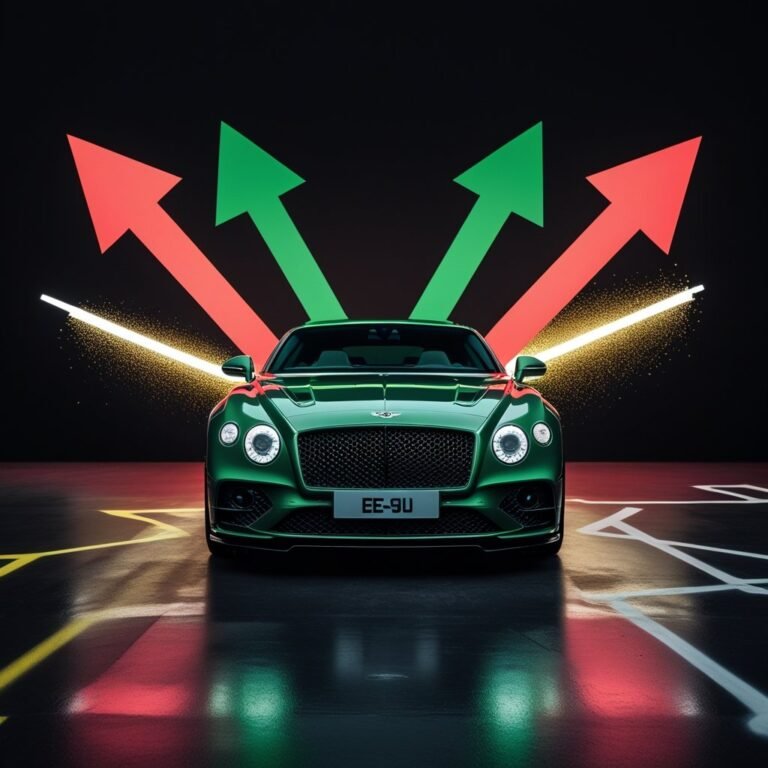
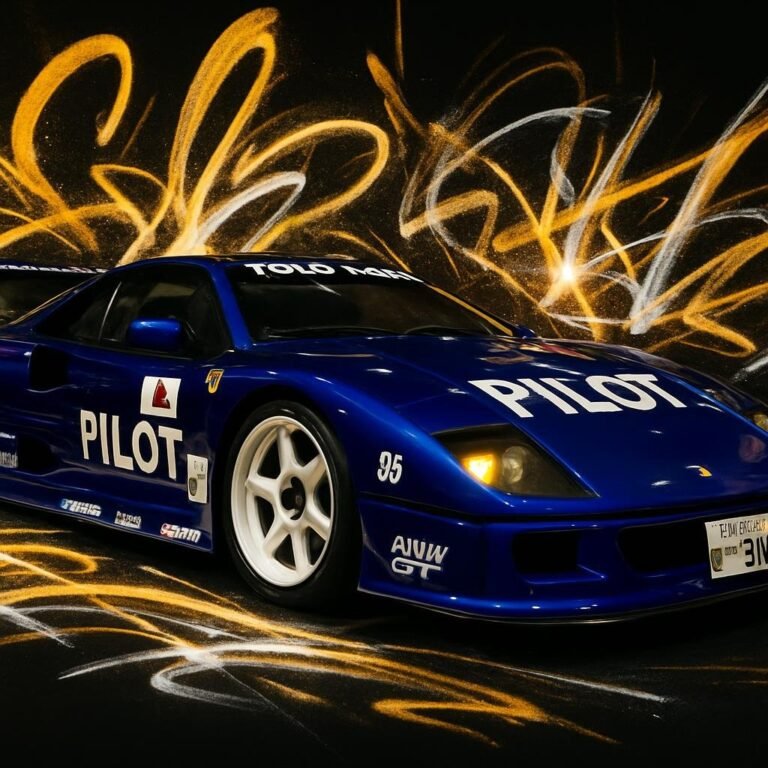
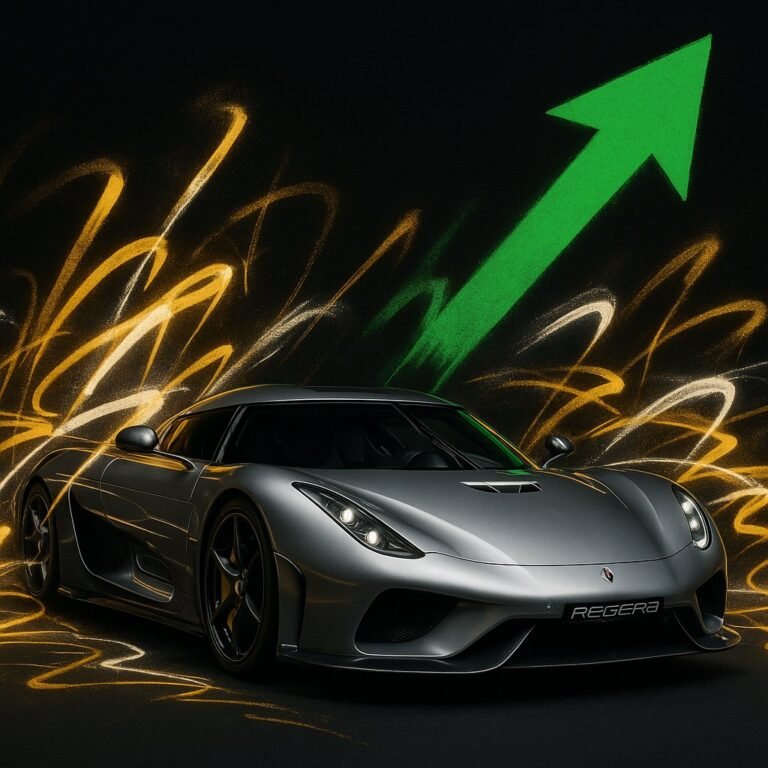
[…] those once-attainable Japanese performance cars have turned into legit investment opportunities. If you ask me, knowing which 90s JDM cars are best investments takes more than just scanning […]
[…] impact on resale value really comes down to the quality of the modifications, solid documentation, and, crucially, […]